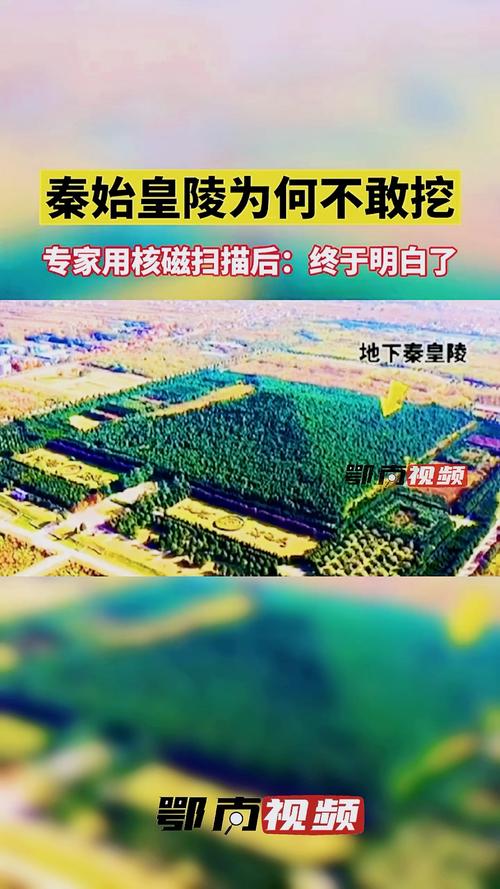
Will the Tomb of Qin Shi Huang Ever Be Opened?
The tomb of Qin Shi Huang, the first emperor of China, is one of the most fascinating and enigmatic archaeological sites in the world. While archaeologists have explored the surrounding area extensively, uncovering the incredible Terracotta Army and other wonders, the tomb itself remains sealed. But why has this ancient mausoleum remained untouched for centuries, and will it ever be opened?
Fear of Damage
One of the primary reasons for the hesitation to excavate the tomb is the potential for irreparable damage. The tomb is over 2,000 years old, and the delicate artifacts within are susceptible to deterioration upon contact with the outside environment. Changes in humidity, temperature, and exposure to light could have devastating effects on the preservation of the tomb's treasures, leading to their decay and loss for future generations.
Rumors of Deadly Traps
Adding to the air of caution are ancient texts that describe elaborate and deadly booby traps designed to protect the emperor in the afterlife. The historian Sima Qian, writing a century after Qin Shi Huang's death, describes a tomb complex rigged with crossbows and other deadly mechanisms designed to deter grave robbers. While some dismiss these accounts as legend, the possibility of such traps cannot be definitively ruled out, making any excavation a potentially dangerous undertaking.
Ethical and Cultural Considerations
Beyond the physical risks and challenges, there are also significant ethical and cultural factors to consider. In recent decades, there has been growing sensitivity within archaeology regarding the excavation of ancient burial sites. Many argue that such sites should be treated with respect and left undisturbed as a testament to the past. The tomb of Qin Shi Huang holds immense cultural and historical significance for the Chinese people, and disturbing it could be seen as disrespectful to their heritage.
Advancements in Technology
While the challenges and concerns surrounding the excavation of Qin Shi Huang's tomb are significant, advancements in technology offer a glimmer of hope for non-invasive exploration. Archaeologists are increasingly employing techniques such as ground-penetrating radar, remote sensing, and digital imaging to map the tomb's interior and analyze its contents without physical excavation. These methods allow researchers to gain valuable insights into the tomb's structure, layout, and potential treasures while minimizing the risk of damage or disturbance.
Conclusion
The question of whether or not to open the tomb of Qin Shi Huang is complex and multifaceted. While the desire to unlock its secrets is understandable, the potential risks to the tomb's preservation, the safety of archaeologists, and the cultural sensitivities involved must be carefully considered. As technology continues to advance, non-invasive methods of exploration offer promising alternatives that may one day reveal the wonders within without disturbing the emperor's final resting place.
FAQs
1. What is the significance of Qin Shi Huang's tomb?
Qin Shi Huang's tomb is significant because he was the first emperor to unify China. The tomb complex, with its vast army of terracotta warriors, provides invaluable insights into the military practices, artistry, and beliefs of ancient China.
2. Why is the Chinese government hesitant to excavate the tomb?
The Chinese government is hesitant to excavate the tomb due to the potential risks to the artifacts inside. They are concerned about the deterioration that might occur upon contact with the outside environment and the possible damage from excavation.
3. Are there any plans to open the tomb in the future?
Currently, there are no official plans to excavate the tomb. The focus remains on preserving the site and using non-invasive technologies to learn more about its contents without causing harm.